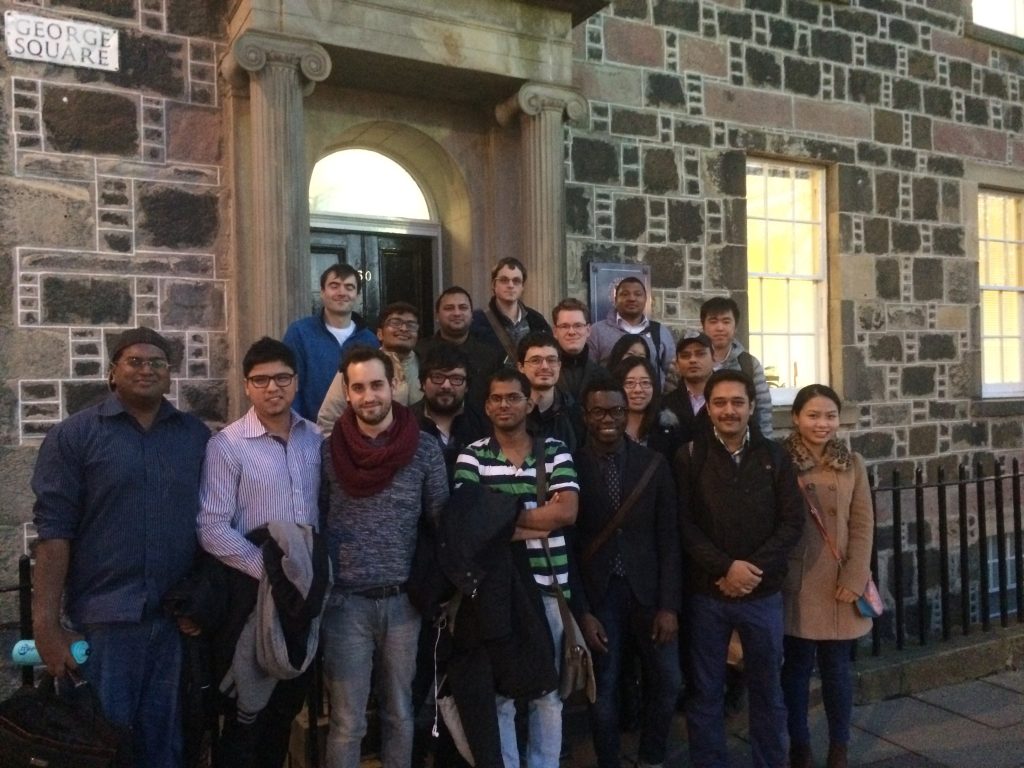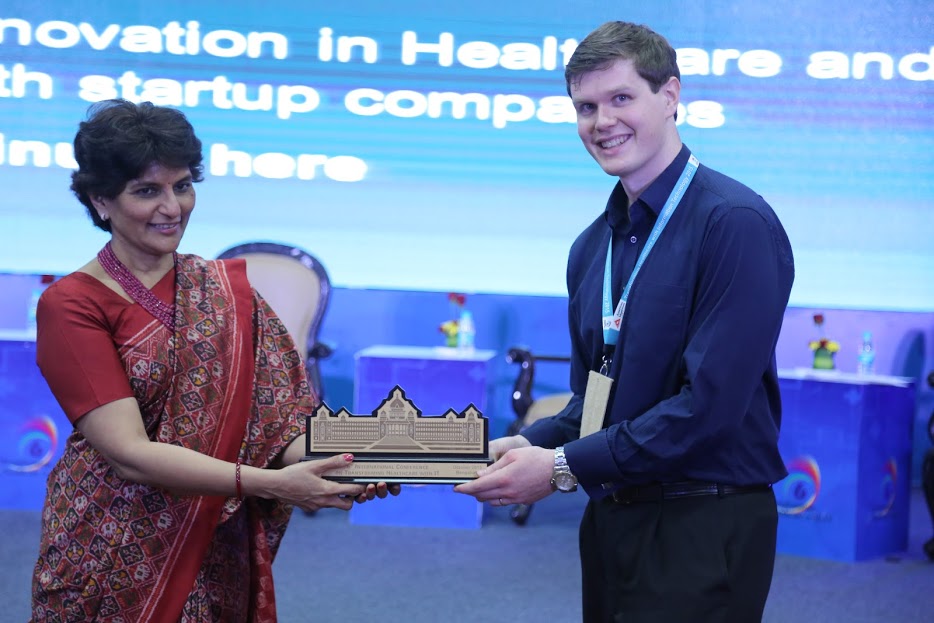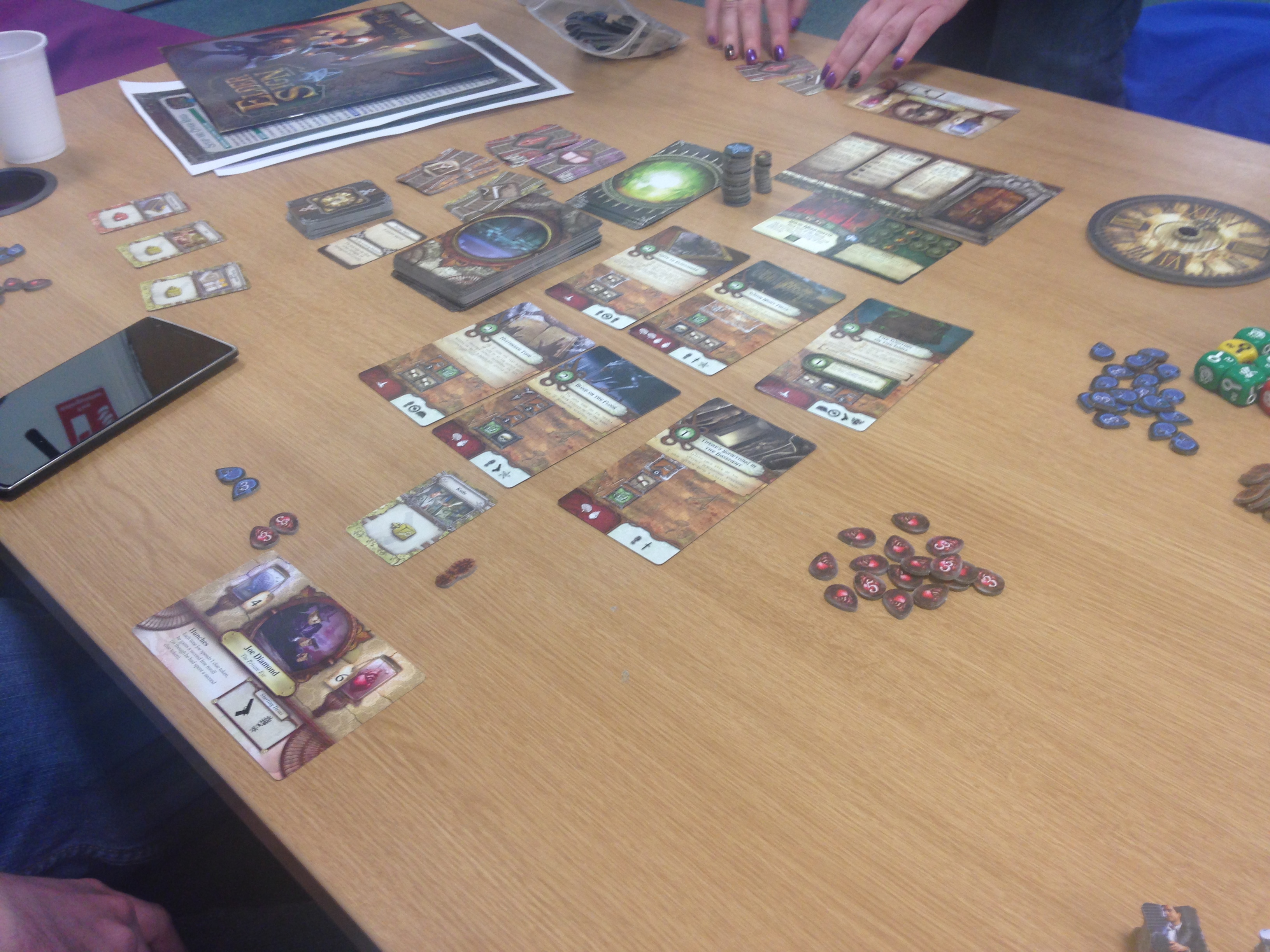
Abstract
In this talk I will present experiences and insights from our studies involving locative media, local history and community. Our work in the village of Wray has involved the longitudinal and ‘in the wild’ deployment of ‘digital noticeboard’ displays (conceived as technology probes) that support the sharing of photos/images. A significant portion of the submitted photo content relates to Wray’s local history and features of Wray’s landscape. Residents of the village have helped shape the system through involvement in co-design workshops. A key motivation of our current studies (as part of the SHARC project) is to explore issues around the co-curation of locative media experiences. A field trial (involving both residents and visitors) and a design workshop revealed both opportunities and challenges for the co-curation approach.
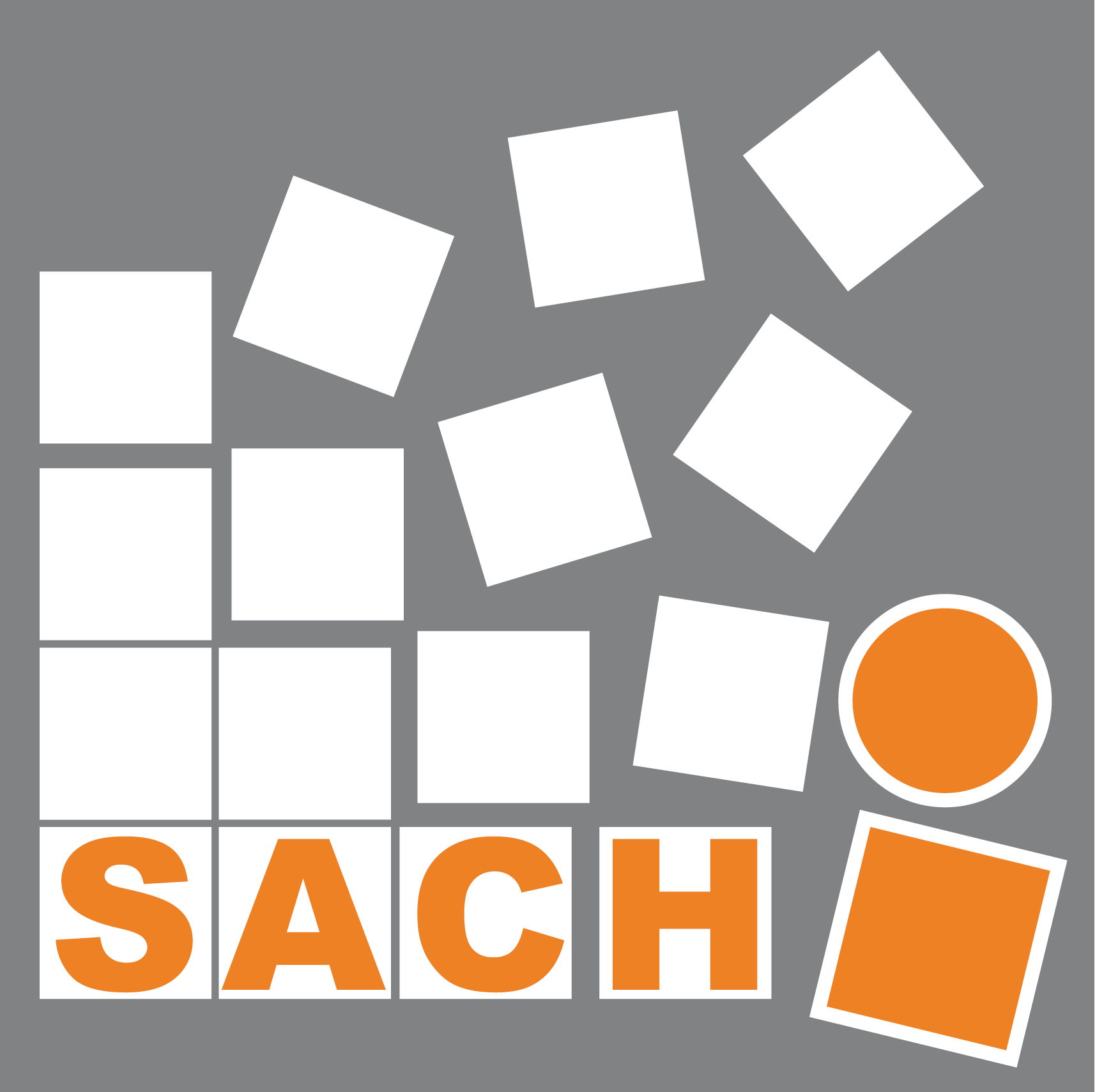


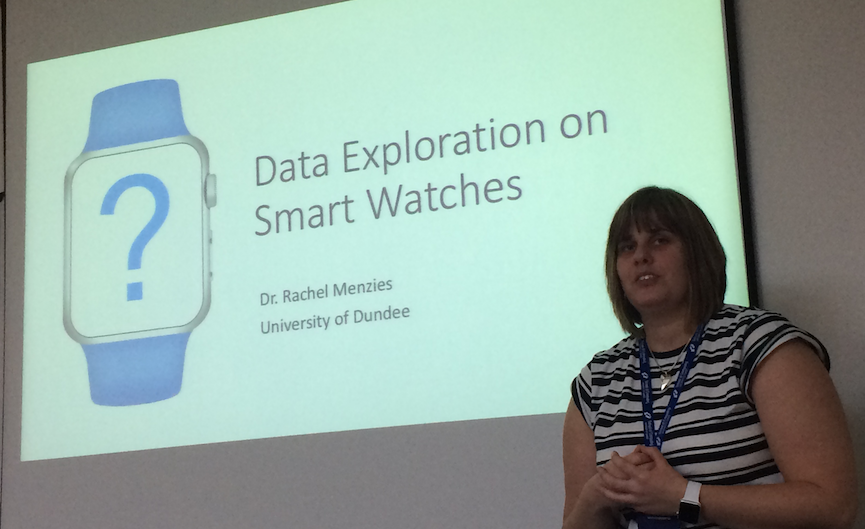 For many of us, interacting with data on mobile devices such as phones and tablets is commonplace in our lives, e.g. phone call data, TV guide, maps, fitness and wearable data. With the introduction of smart watches, the screen size of mobile devices has dramatically decreased. This reduction in screen real estate provides challenges for the design of interfaces, including the presentation and exploration of data visualisations. Using bar charts as an example, this presentation will explore the shortcomings of current zooming techniques on very small screens and consider proposed guidelines for the development of simple data exploration applications. Key design features such as the need for overview and context will be considered in respect to a simple and effective data exploration task.
For many of us, interacting with data on mobile devices such as phones and tablets is commonplace in our lives, e.g. phone call data, TV guide, maps, fitness and wearable data. With the introduction of smart watches, the screen size of mobile devices has dramatically decreased. This reduction in screen real estate provides challenges for the design of interfaces, including the presentation and exploration of data visualisations. Using bar charts as an example, this presentation will explore the shortcomings of current zooming techniques on very small screens and consider proposed guidelines for the development of simple data exploration applications. Key design features such as the need for overview and context will be considered in respect to a simple and effective data exploration task.